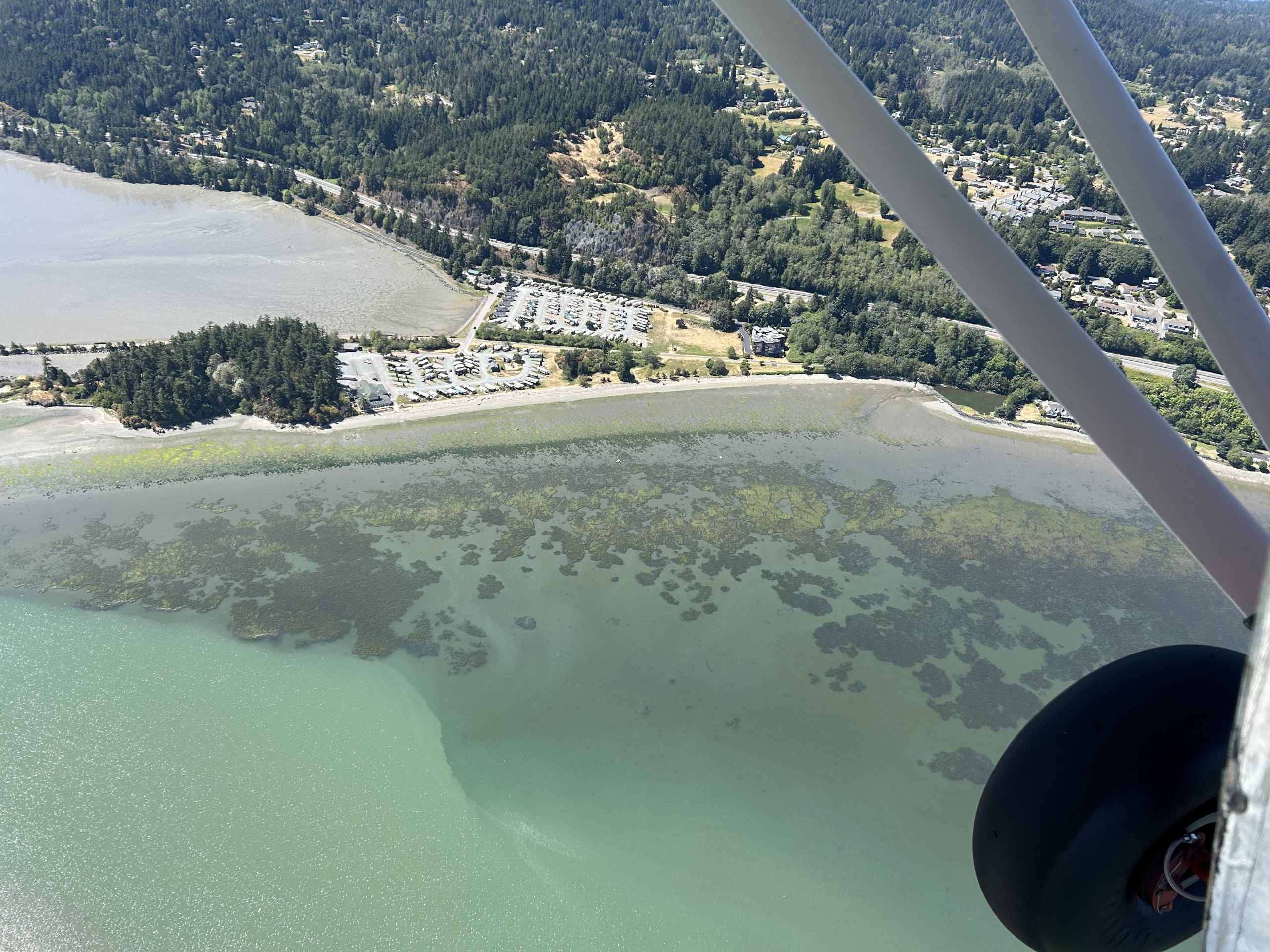
In May of this year, LightHawk partnered with the Samish Indian Nation to conduct a test flight ahead of monthly monitoring flights of the bull kelp beds in the San Juan Archipelago. The leaders of the Tribe move both in the traditional Samish ways and use the tools of the modern day world. They also work with state and federal agencies on several grants to protect the environment and preserve natural and cultural resources, as well as creating a sound economic base for the tribe.
Bull kelp beds are biodiversity hotspots. They provide habitat for a variety of marine species including fish, invertebrates and algae. Kelp beds are a place where animals can find food, breed and hide from predators. Many juvenile fish and invertebrates use them as nurseries, offering a protected place to grow before venturing into open waters.
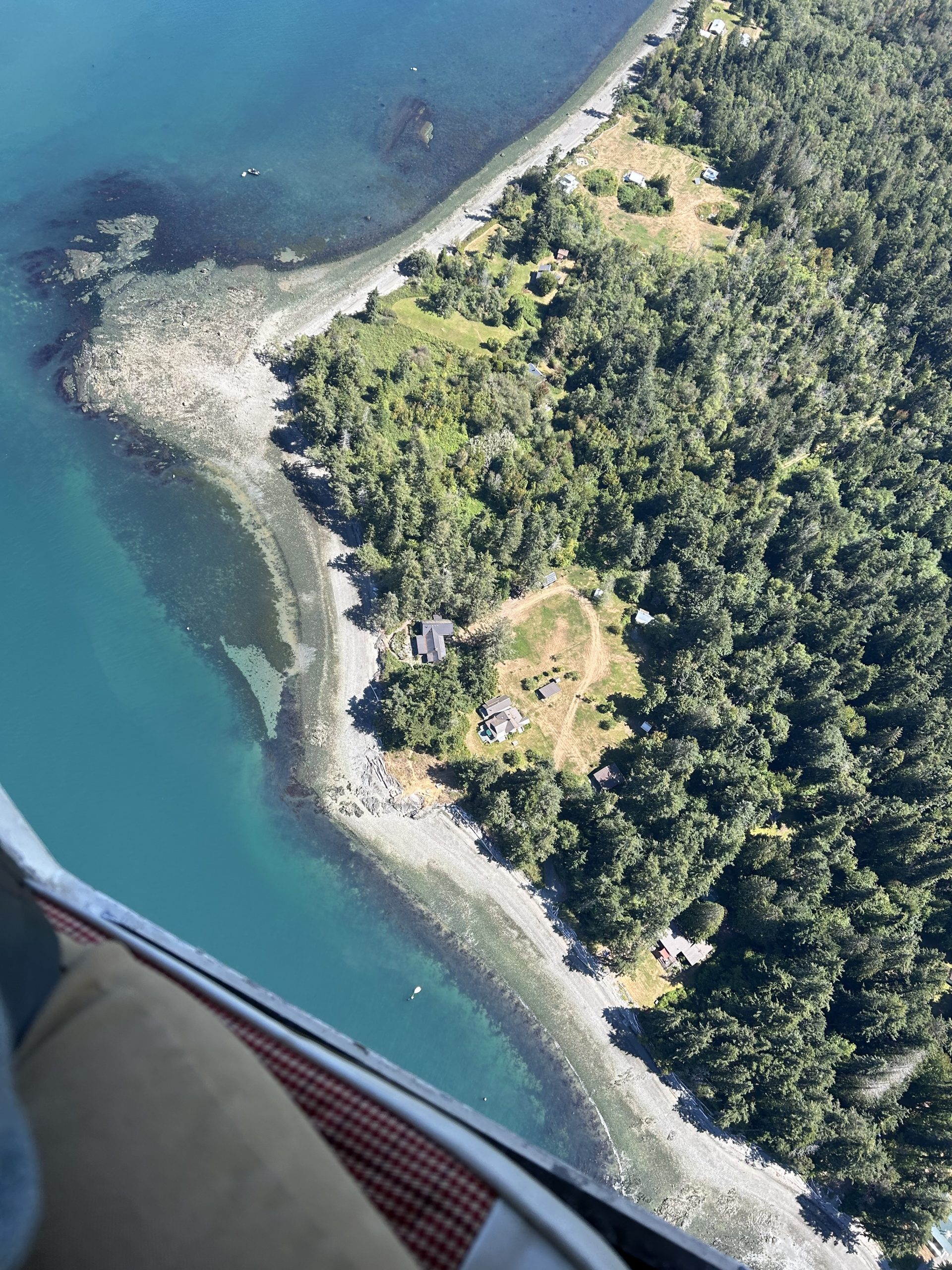
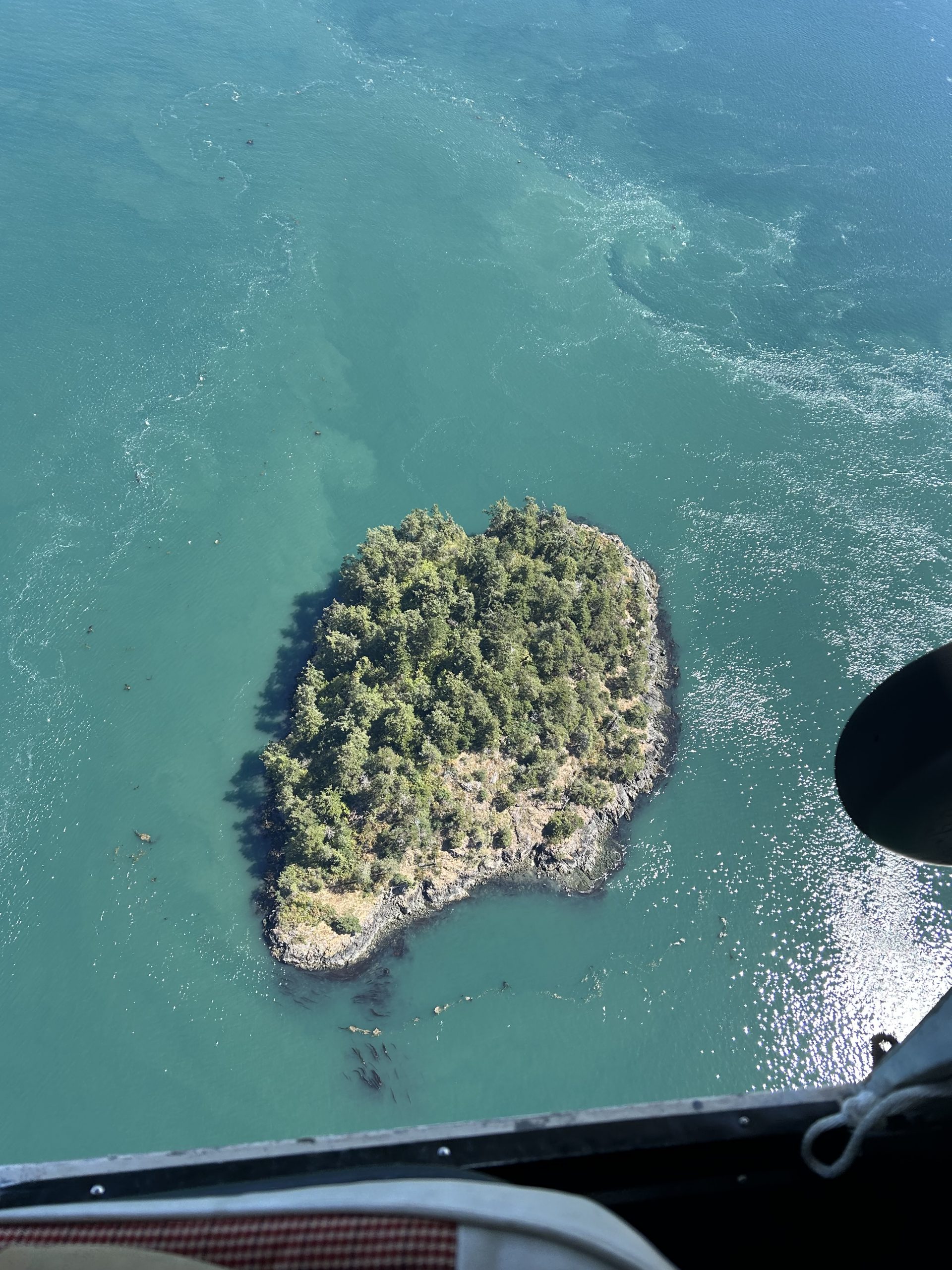
Bull kelp beds are also important for carbon sequestration and coastal protection through wave energy mitigation. They’re also vital for cultural and economic reasons. Fisheries depend on them as many commercially valuable fish species utilize kelp forests at some point in their life cycle. Among Indigenous cultures, kelp has cultural, economic and spiritual importance. Rising ocean temperatures and changing conditions within the oceans due to climate change are threats to kelp beds, leading to their decline in some areas. Protecting the beds is crucial for maintaining the health of marine ecosystems.
The test flight was focused around exploring the use of a MAPIR Near Infrared Camera. The MAPIR is a multi-spectral imaging camera in a format similar to today’s action cameras like a GoPro. These cameras can be mounted to wings or struts and collect data as our volunteer pilots fly pre-planned routes over areas to be studied.
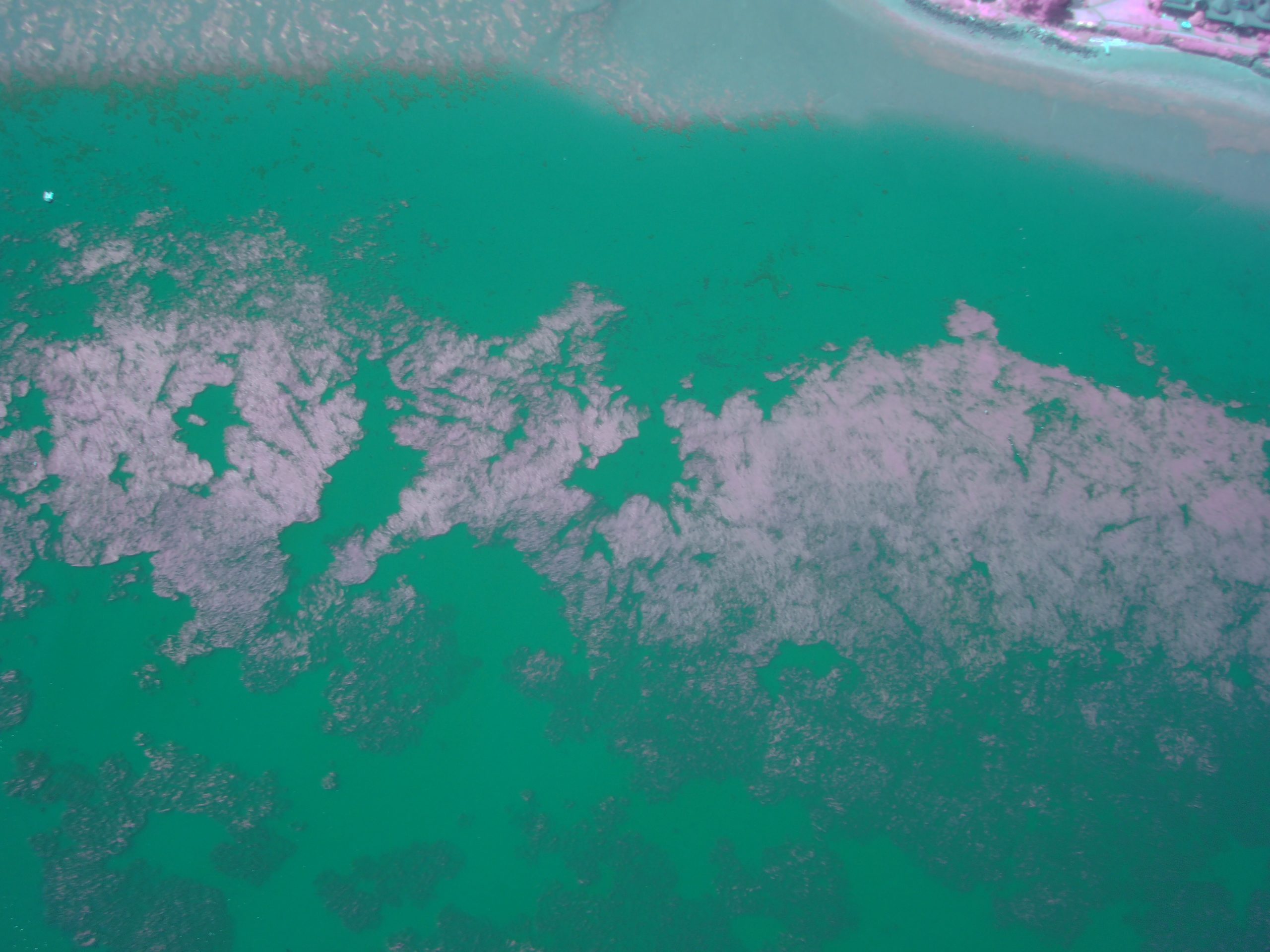
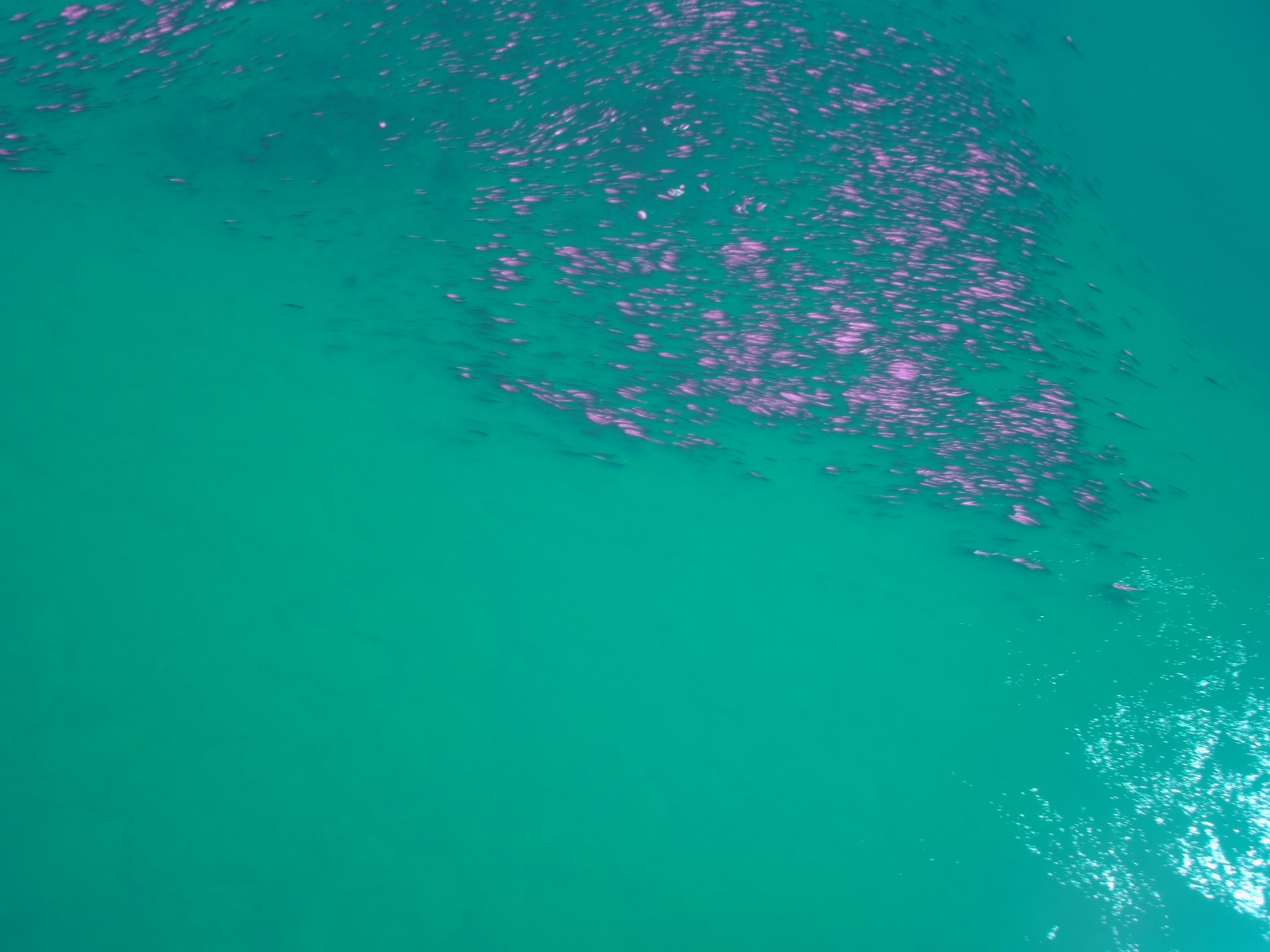
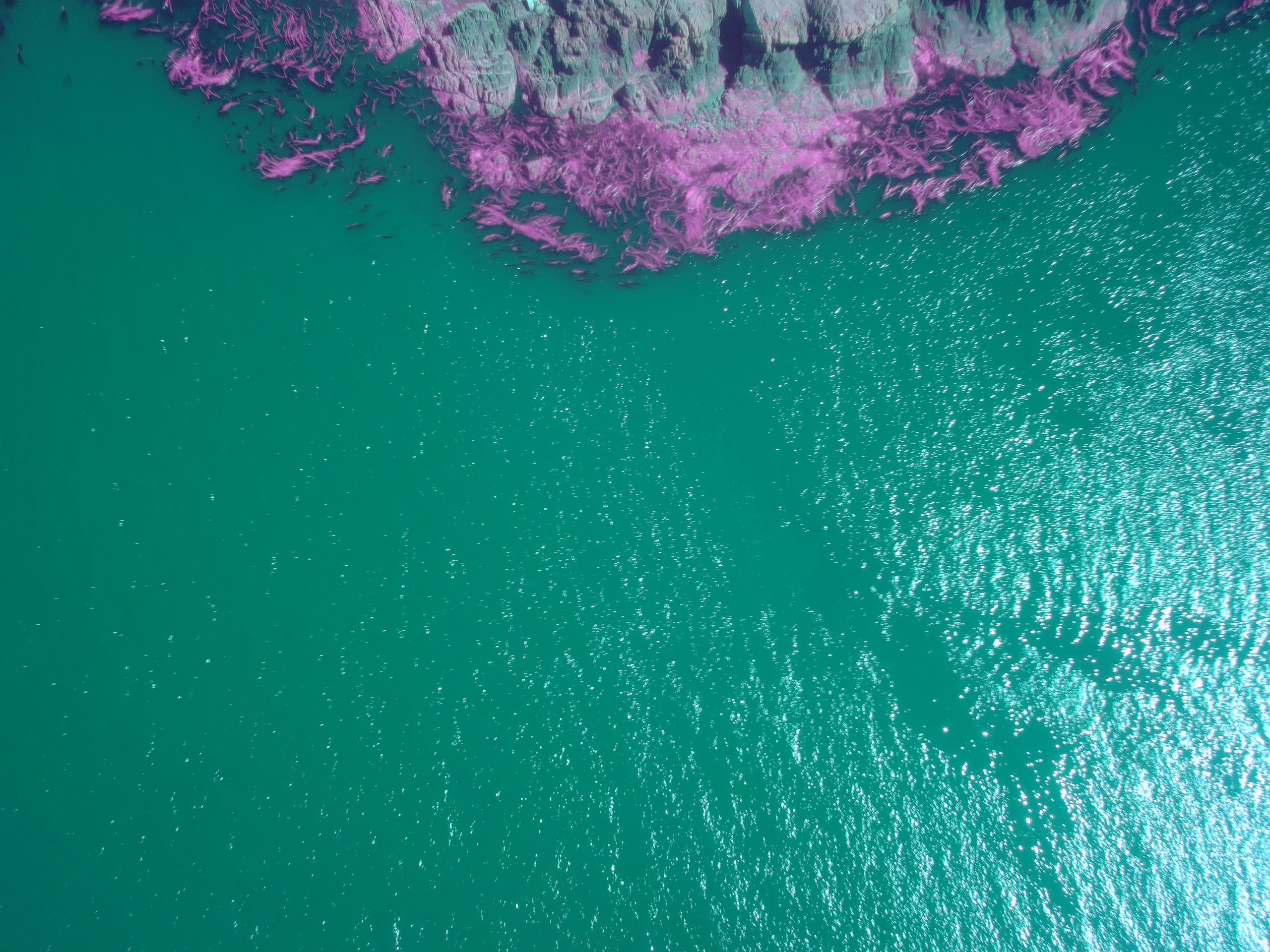
LightHawk has been exploring multi-spectral imagery use with multiple conservation partners and we’re excited to begin testing equipment with the Samish Indian Nation.
Sophia Ammons, with the Tribe, found the flight to be a success. She said, “This flight was very useful for Samish DNR (Department of Natural Resources) as we will be able to monitor kelp bed sizes around the San Juan Islands. This will also be included in an ArcGIS storymap for outreach.”
We would also like to extend our tanks to volunteer pilot David Riffle for providing this flight in Washington.
